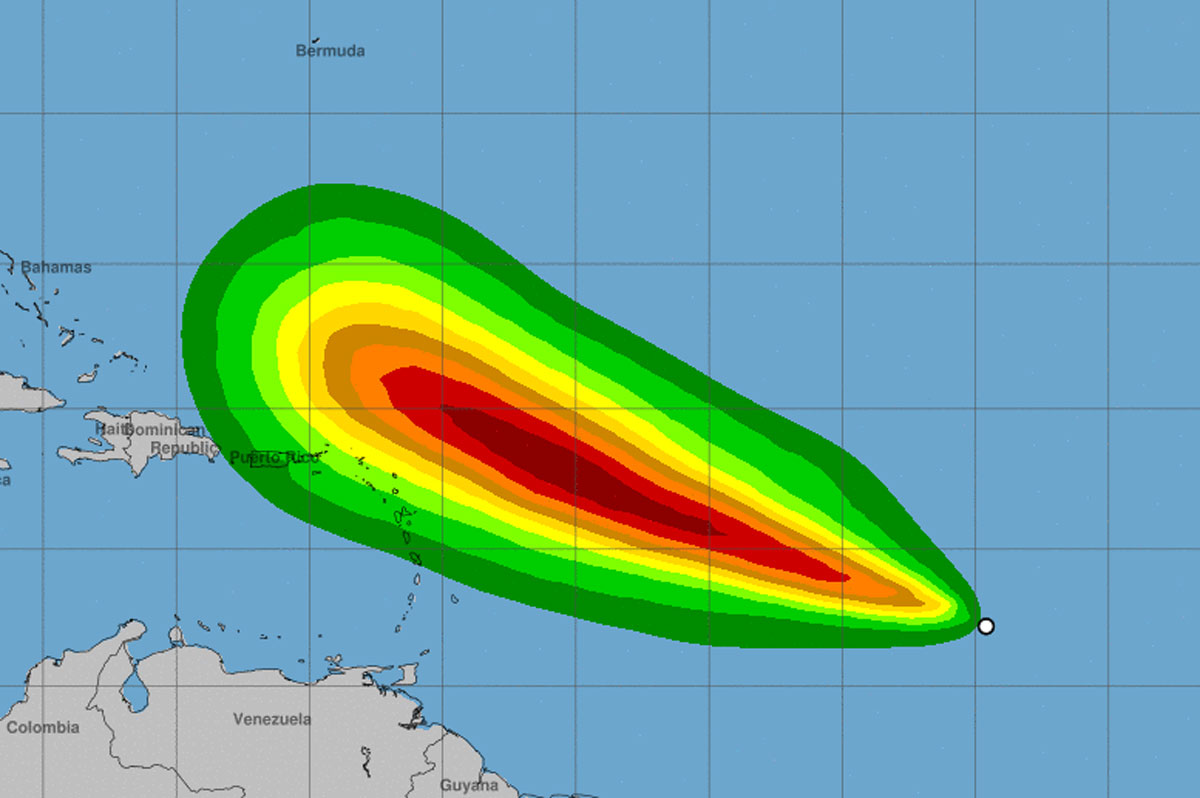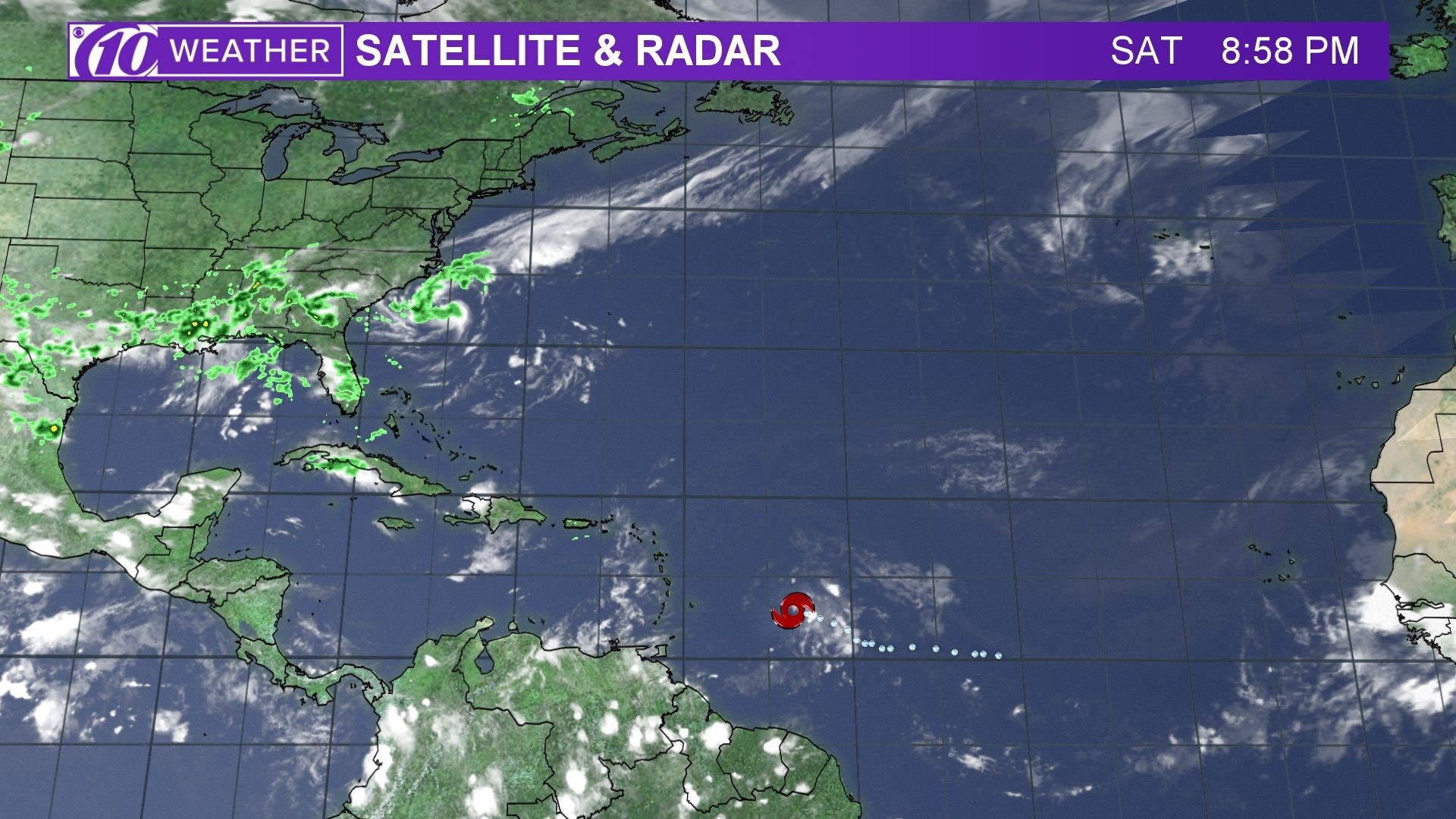Spaghetti Model Interpretation
Tropical storm beryl spaghetti models – Spaghetti models, also known as ensemble models, are a valuable tool for tropical storm forecasting. They provide a visual representation of the possible paths a storm may take, based on multiple computer simulations. These models are created by running a computer model multiple times, each time with slightly different initial conditions. The resulting ensemble of model runs provides a range of possible outcomes, which can help forecasters better understand the potential impacts of a storm.
Spaghetti models are not perfect, however. They are limited by the accuracy of the computer model used to generate them, and by the uncertainties in the initial conditions. Additionally, spaghetti models do not account for changes in the environment that may occur over time, such as changes in wind patterns or ocean temperatures.
Tropical storm Beryl is moving across the Atlantic Ocean, and the spaghetti models are showing a wide range of possible paths. Spaghetti models for Beryl show the storm could make landfall anywhere from Florida to North Carolina. It is important to stay informed about the latest spaghetti models and track the storm’s progress.
Interpreting Spaghetti Models, Tropical storm beryl spaghetti models
When interpreting spaghetti models, it is important to keep in mind the limitations and uncertainties associated with these models. The lines on a spaghetti model represent the possible paths that the storm may take, but they do not represent a guarantee of where the storm will actually go. The closer the lines are together, the more confident forecasters are in the storm’s track. The farther apart the lines are, the more uncertain forecasters are about the storm’s path.
Dem tropical storm beryl spaghetti models a show wah de storm might do, but fuh now, we eye pun barbados hurricane beryl. Dis storm a watch closely by de hurricane center, and we a wait fuh see how it guh turn.
Back to de spaghetti models, dem a show wah de storm might do, but we cyan seh fuh sure yet. We just haffi watch and wait.
In addition to the lines on the spaghetti model, forecasters also look at the spread of the lines. The spread of the lines represents the range of possible outcomes. A wide spread indicates that there is a lot of uncertainty about the storm’s path, while a narrow spread indicates that there is more certainty about the storm’s path.
Spaghetti models are a valuable tool for tropical storm forecasting, but they should not be used as the sole basis for making decisions. Forecasters also consider other factors, such as the latest observations, when making forecasts.
Historical Data and Tropical Storm Beryl: Tropical Storm Beryl Spaghetti Models

Let’s dive into the history books and see what we can learn from tropical storms that have made their mark on areas similar to where Beryl is headed. By analyzing past data, we can get a better sense of the probability and potential impacts of Beryl.
Comparison to Past Storms
When we compare Beryl’s projected path to past storms, we see some similarities. For instance, Tropical Storm Fay in 2008 took a similar track, bringing heavy rainfall and flooding to the same region. By studying the impacts of Fay, we can get a better idea of what to expect from Beryl.
Contingency Planning and Preparedness

Contingency planning and preparedness are essential for minimizing the impact of Tropical Storm Beryl. By understanding the potential hazards, implementing evacuation procedures, and taking necessary precautions, individuals and communities can mitigate the risks associated with the storm.
Potential Hazards
- Strong winds and heavy rainfall can cause widespread damage to buildings, infrastructure, and vegetation.
- Flooding from storm surge and inland rainfall can lead to road closures, property damage, and displacement of residents.
- Power outages and disruptions to communication networks can hinder emergency response efforts and communication with loved ones.
- Tornadoes and waterspouts can occur during tropical storms, posing additional threats to life and property.
Evacuation Procedures
In the event of an evacuation order, it is crucial to follow the instructions of local authorities promptly and safely. Evacuation routes and designated shelters will be announced through local media and emergency alerts. Residents should have an evacuation plan in place that includes a designated meeting point outside the affected area.
Emergency Shelters
Emergency shelters provide temporary refuge for individuals who are unable to evacuate their homes or who have been displaced by the storm. These shelters are typically located in schools, community centers, or other public buildings that have been designated as safe havens. Residents should bring essential supplies, including food, water, medications, and personal hygiene items.
Other Preparedness Measures
In addition to evacuation procedures and emergency shelters, individuals and communities should take the following preparedness measures:
- Secure loose outdoor items such as furniture, grills, and garbage cans.
- Trim trees and remove any dead or overhanging branches.
- Stock up on non-perishable food, water, and essential medications.
- Have a battery-powered radio and flashlights on hand for emergencies.
- Create an emergency plan that includes contact information for family members and emergency services.